One space after a period can make a difference for the hiring of older workers
Warning! Grammar geek alert. One of my areas of expertise is business writing. Weird, I know, but with strong writing skills and a college background in journalism classes, I now help organizations figure out business writing. Grammar impacts a lot of things – even ageism in hiring. Let’s talk about how.
At a recent association conference focused on hiring and retraining workers, we discussed the bias against hiring those in their 50s and 60s. Whether employers and recruiters admit it, there’s a strong perception of bias against those employees. Here’s a quick article from the NY Times if you want to see how this is playing out.
What does this have to do with grammar you wonder? Well, here it is. The grammar you grew up with may not be the grammar that’s most commonly used today. We assume the grammar we grew up with will always remain the same, but the reality is, grammar and language change.
For example, the word “Tomorrow,” used to be spelled, “to morrow.” Then it became, “to-morrow,” before morphing into our current usuage, “tomorrow.” Yep, for real. The same thing happens with things like the period at the end of a sentence.
Typewriters used to have the little metal stamps with the letter on it. When the metal stamp hit the ink ribbon, it left the imprint of the letter on the page. The deal with the little metal stamp was that each stamp was approximately the same size and shape, which meant letters that were small like the lowercase, i, took up the same amount of space as the lowercase w.
Computer software uses a process called kerning, which adjusts how closely those letters sit next to each other. A lowercase i, does not take up as much typewritten space as a w does. The letters are kerned to adjust how closely the letters sit to one another. Look at the word adjust. See how close the d and j are to one another? That’s because of kerning.
One way grammar has evolved to account for this technology change is by dropping to just one space after a period. Our eyes no longer need two spaces to distinguish the end of a sentence, which they did when the metal typewriter stamps were the same size.
Let’s go full circle here and tie this back to age discrimination in the workplace. If you write your resume using two spaces after a period, odds are good you grew up in the era of typewriters, which means you are an older employee. One simple way to eliminate the impression of being an older worker is to use just one space after a period.
Within Microsoft Word settings, you can adjust the spacing of your sentences and set your grammar setting to autocorrect it to one space after a period so you don’t have to worry about reteaching yourself to put just one space. 
Click here to see some brief directions on how to do this.
Life is complex and often hard. Keeping up on small things like grammar changes may seem overrated and yet the impact can be big. If you haven’t taken a refresher in business writing in a while, it may be a good time to do that. I’d love to work with your team or to show you our Fingertip Writing Reference, of course, but there are lots of great online courses available too.
The important thing is now you know. And knowledge is power. Oh, and before I forget, stop telling your kids to put two spaces after a period. It’s like donning a leisure suit and insisting it looks really, really good. That image was free by the way. You’re welcome.
Keynote speaker, trainer, and consultant, Sarah Gibson, helps organizations leverage the power of communication, teamwork and diversity to improve engagement and transform teams. To buy her book or inquire about her speaking programs, please visit www.sarahjgibson.com.



